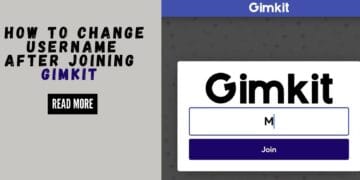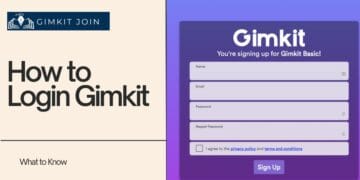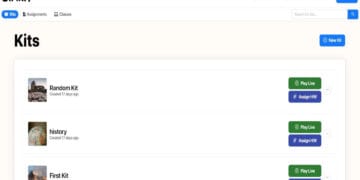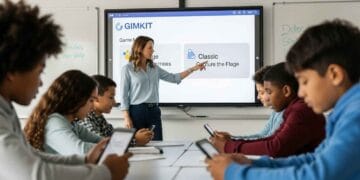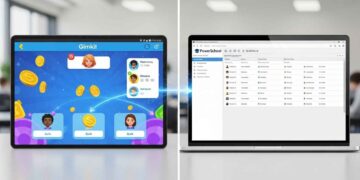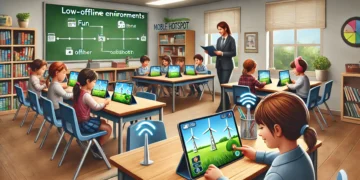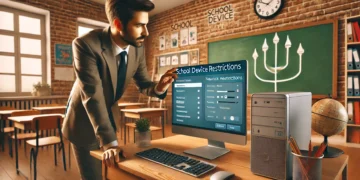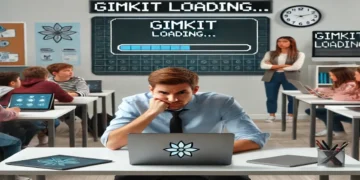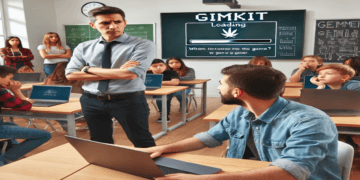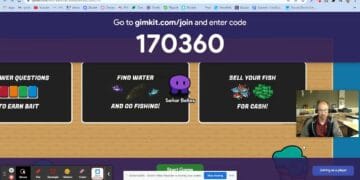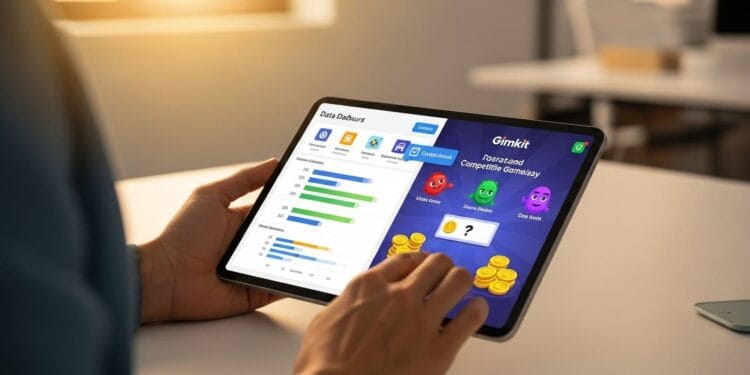Introduction: An Expert’s Critique
I’ll be honest: there aren’t many EdTech tools that have had a more profound impact on my classroom than Gimkit. For years, it has been my go-to for review sessions, bell ringers, and those much-needed brain breaks. I’ve watched students who were once disengaged come alive, collaborating with their classmates to win a game of Capture the Flag or strategizing to master a round of The Floor Is Lava.
I say all this to establish that this isn’t a complaint. This is a love letter from a user who believes in the product’s potential. As an educator who has spent countless hours building kits, analyzing reports, and watching students play, I’ve had a front-row seat to what works—and what could be even better. My goal today is to go beyond the basics and provide a single, expert-level suggestion—a Gimkit feature idea—that I believe would be a game-changer.
This article is a form of direct Gimkit product feedback, a formal Gimkit feature request for educators to the developers who have already done so much.
The Problem: The Current Gap in the Gimkit Experience
Gimkit excels at providing a fun, competitive environment for review. But in a typical live game, every student, regardless of their proficiency level, is answering the same pool of questions. While this works well for whole-class review, it creates a subtle but significant problem.
The Specific Pain Point
 I’ve seen it firsthand: the struggling student who keeps getting a question wrong, gets knocked down a few times, and quickly falls behind. They stop engaging, not because they’re bored, but because they’re frustrated. At the other end of the spectrum, the highly proficient student races through the material, gets to the top of the leaderboard, and then has no new questions to answer, creating a new form of disengagement.
I’ve seen it firsthand: the struggling student who keeps getting a question wrong, gets knocked down a few times, and quickly falls behind. They stop engaging, not because they’re bored, but because they’re frustrated. At the other end of the spectrum, the highly proficient student races through the material, gets to the top of the leaderboard, and then has no new questions to answer, creating a new form of disengagement.
This “one-size-fits-all” approach to questions can make you wonder, is Gimkit a complete tool for teachers? For simple review, yes. But for truly differentiated instruction, there’s a gap. The tool is missing a way to automatically challenge students at their level and provide meaningful remediation when they need it most.
My Proposed Solution: Introducing “The Adaptive Learning Path”
To address this gap, I propose a new, optional game mode that would transform the Gimkit experience. My idea is rooted in the proven principles of adaptive learning, a technique that uses data to tailor learning to individual student needs.
What is it?
 I call it “The Adaptive Learning Path.” It is an intelligent, personalized game mode that dynamically adjusts the difficulty of questions based on a student’s real-time performance. It turns a single, static kit into a personalized learning journey for every player.
I call it “The Adaptive Learning Path.” It is an intelligent, personalized game mode that dynamically adjusts the difficulty of questions based on a student’s real-time performance. It turns a single, static kit into a personalized learning journey for every player.
How It Would Work (A Step-by-Step Breakdown)
 The genius of this feature lies in its simplicity for the user, yet its powerful impact on learning.
The genius of this feature lies in its simplicity for the user, yet its powerful impact on learning.
For the Teacher
- A Simple Toggle: When setting up a game, a teacher would simply select the “Adaptive Learning Path” game mode.
- Kit Creation: The teacher creates their kit as usual, but with a slight twist. They can optionally tag questions with difficulty levels (e.g., Foundational, Proficient, Advanced). This provides the system with a starting point.
- Real-Time Data: The data dashboard would gain a new view, allowing teachers to see a live “mastery map” of the class. They could see, at a glance, which students have “mastered” a specific concept and who is still working on it. This addresses a common Gimkit feature request for educators for more detailed data.
For the Student
- Individualized Gameplay: The game would feel like a standard Gimkit match, but the questions would be unique to each player.
- Progression & Remediation: If a student consistently gets questions right in one category, the algorithm would automatically introduce more difficult questions or new topics. If a student gets a question wrong, the system would immediately present a similar, easier version of that question or a foundational concept from the same category.
- Visible Progress: Students would see a mini-map or progress bar showing which topics they have “mastered,” giving them a powerful sense of accomplishment beyond just in-game cash.
The Tech Behind It (A Brief Explanation)
The system would operate on a simple but effective algorithm. It would track two key metrics for each student: accuracy and response time. This data would inform the “Adaptive Learning Path” algorithm to predict a student’s mastery level and serve up the right question at the right time. This is a natural next step in EdTech innovation and aligns with current educational technology trends.
Why This Feature is a Game-Changer
Implementing this feature would move Gimkit from being a powerful game to a truly complete EdTech tool.
The Benefit for Teachers
 This feature directly solves the pain point of differentiation. Teachers would no longer need to run separate games for different groups of students. The “Adaptive Learning Path” saves precious instructional time and provides a level of data-driven insight that is currently unavailable. It makes you realize how Gimkit can improve for teachers in a way that goes beyond just adding another fun mode.
This feature directly solves the pain point of differentiation. Teachers would no longer need to run separate games for different groups of students. The “Adaptive Learning Path” saves precious instructional time and provides a level of data-driven insight that is currently unavailable. It makes you realize how Gimkit can improve for teachers in a way that goes beyond just adding another fun mode.
The Benefit for Students
 For students, this would be a revolution. Struggling learners would receive the support they need without feeling singled out, allowing them to build confidence and catch up at their own pace. Advanced learners would remain challenged and engaged, eliminating the boredom that comes with answering questions they already know. This would directly address the core of user feedback by making the experience better for all students.
For students, this would be a revolution. Struggling learners would receive the support they need without feeling singled out, allowing them to build confidence and catch up at their own pace. Advanced learners would remain challenged and engaged, eliminating the boredom that comes with answering questions they already know. This would directly address the core of user feedback by making the experience better for all students.
The Benefit for the Gimkit Platform
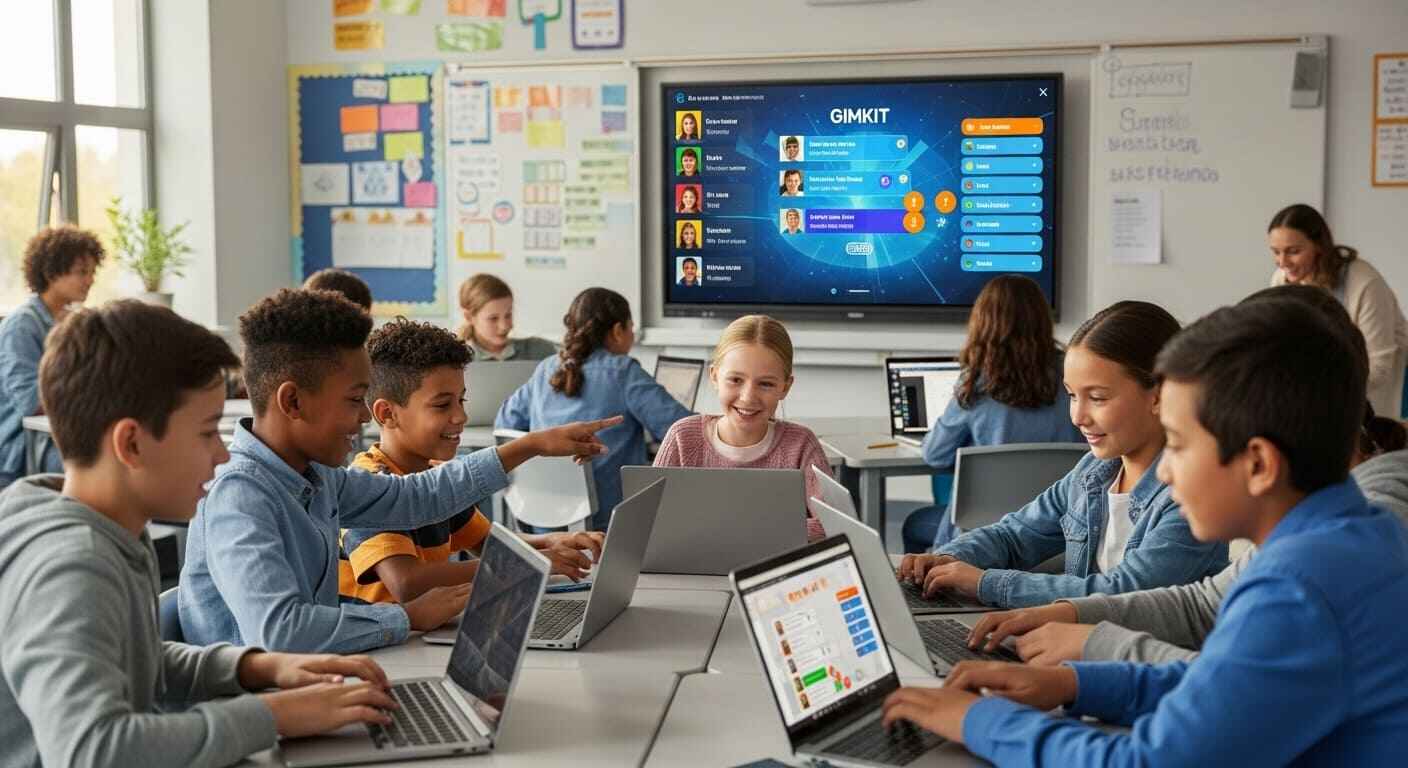 In the competitive landscape of Gimkit vs competitors features, this would be a killer advantage. While tools like Blooket and Kahoot are popular, this feature would position Gimkit as a leader in gamification development and personalized learning. It would show that Gimkit is not just a game, but a serious tool dedicated to improving student outcomes. This would be a monumental step in the Gimkit future.
In the competitive landscape of Gimkit vs competitors features, this would be a killer advantage. While tools like Blooket and Kahoot are popular, this feature would position Gimkit as a leader in gamification development and personalized learning. It would show that Gimkit is not just a game, but a serious tool dedicated to improving student outcomes. This would be a monumental step in the Gimkit future.
Conclusion: A Look into the Future of Gimkit
Gimkit has always been a testament to the power of a great idea, starting with a student who wanted to make learning more engaging. Now, as the platform matures, the opportunity is to grow from a great game into a truly transformative educational platform.
This Gimkit suggestion—the “Adaptive Learning Path”—is more than just a Gimkit new feature; it’s a vision for a more equitable, engaging, and effective classroom. It’s an idea that could solidify Gimkit’s position at the forefront of the EdTech product roadmap. I hope this Gimkit product feedback resonates with the team and the community.
What are your Gimkit feature ideas? I’d love to hear your thoughts and suggestions in the comments below!






